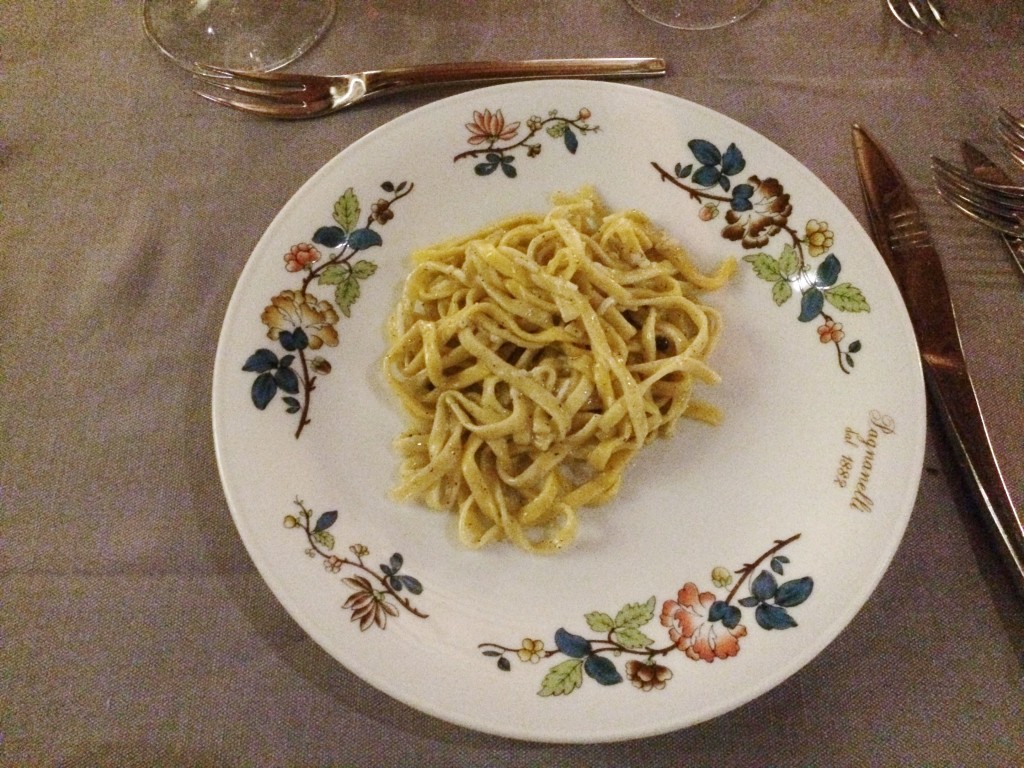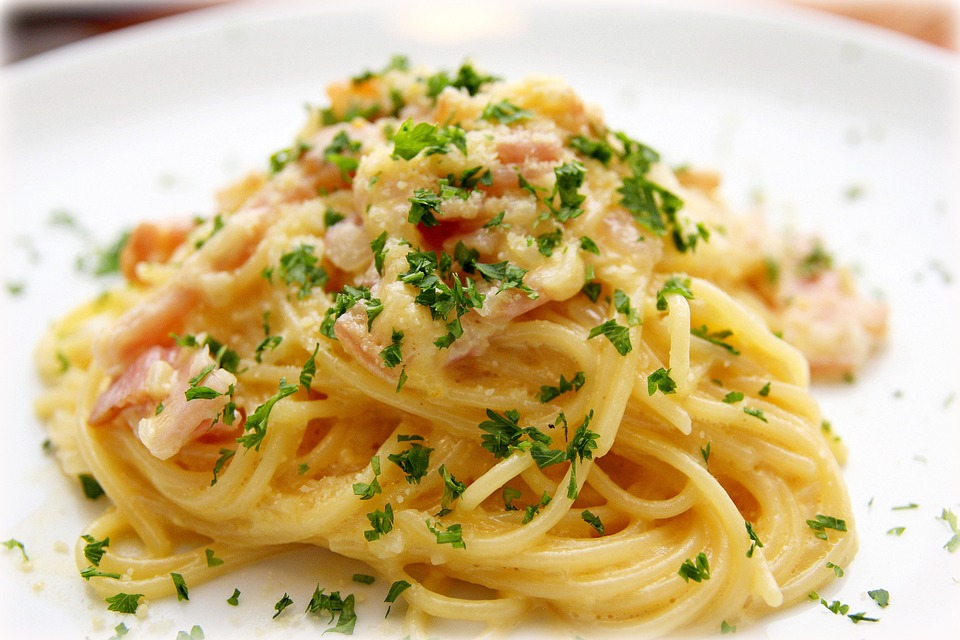Pasta: the wonder food making potentially two-thirds of any Italian’s diet, has quite an interesting biography. By now it’s so common that you can find it practically anywhere in the world, but where did it come from and was it always so relatively cheap and easy to get? You might be surprised…read on!

Italian pasta history | How did pasta come to Italy?
Contrary to a popular legend, Pasta was not brought to the Italians by Marco Polo, a Venetian merchant. This widely believed story was actually used as a marketing tool by some food industries to help promote the popularity of pasta in America. Marco however does mention a sort of predecessor to the pasta we know today which the Etruscans ate. It was called “lagana”, and though it was similar in terms of ingredients, it was not boiled in water like present-day pasta but was instead baked. In fact today’s baked pasta dish “lasagna” took its name from this very noodle-ancestor. There are lexical clues of pasta-like foods (that is dried noodles made of wheat durum and water) existing in numerous places before Italy from as early as the 1st century A.D. The most accepted idea is that pasta as we know it was introduced by Libyian Arabs following their conquest in Sicily in the late 7th century A.D. This would also be the reason some modern Sicilian recipes for pasta still include ingredients like raisins and cinnamon, food delicacies which were concurrently introduced by the Arabs.
Italian pasta history | What’s the difference between fresh vs dried
Fresh vs Dried? All dried pastas are made of either durum wheat flour or durum wheat semolina and water. There are some variations to avoid gluten, a protein found in wheat, but legally speaking Italian pasta is simply the few ingredients mentioned above. Fresh pasta conversely is usually made with mostly wheat semolina and eggs. Dried pasta gained popularity due to its long shelf life and convenience as early as the 1300’s. There are hundreds of different shapes, each with a different name and different strategical features, making some more favorable than others depending on the sauce to go with them. Sometimes the name is for a fairly obvious reason, such as “farfalle” which means “butterflies” and looks in fact like a butterfly or “orecchette” which means “little ears” and does actually resemble tiny pasta ears. Currently the biggest Italian producer of pasta is Barilla, founded in Parma in 1877.
For the Pauper or Prince? Today pasta is a fairly cheap and fast cuisine, but it wasn’t always so. Pasta production was initially a long and labor intensive process. This made it a costly dish that only the more affluent could afford. In the 1600’s an industrial revolution in Naples led to developments in machinery which made the pasta making and drying process faster and easier. This in turn led to it becoming an affordable food that everyone could enjoy, and it remains that way today.
Italian pasta history | Italian pasta sauces
Saucey! There are numerous varieties of different pasta sauces today, which each have their own origin stories. They are generally attributed to a particular region or city, which is quite simply due to the fact that Italians have always been a very creative culinary creature- in other words they utilized whatever ingredients were found in the area or introduced to an area by non-Italians (think: cinnamon and raisins to Sicilians). This is why we associate Genoa and Liguria with Pesto, Bolognese/Ragu’ with Bologna, Carbonara and Amatriciana with Lazio, Puttanesca with Sicily, etc. Tomato based sauces are common in central and southern Italy, and got their start in Naples, when hungry folks finally discovered that the tomato was in fact perfectly edible and not toxic as previously believed.
Italian pasta history | Where to have pasta in Rome
LivItaly Suggestions: Should you find yourself in Rome, you will have no problem finding pasta. However, not all places are created equal in terms of quality. Whether you’re a “Foodie” or simply looking for the real McCoy of Roman Pasta (especially the Roman classics like Carbonara, Amatriciana, Cacio e Pepe, and Gricia), here below are just a few of my seriously savory recommendations:
- Cacio e Pepe – Via Giuseppe Avezzana, 11 (Piazza Mazzini area)
- A Casa di Alice – Via Bergamo, 34 (Porta Pia area)
- Le Mani in Pasta – Via dei Genovesi, 37 (Trastevere area)
- Settimio al Pelligrino – Via del Pellegrino, 117 (near Campo de’ Fiori)
- Roma Sparita – Piazza Santa Cecilia (Trastevere)..this place is famous for their Cacio e Pepe which is served in a bowl made of cheese!

